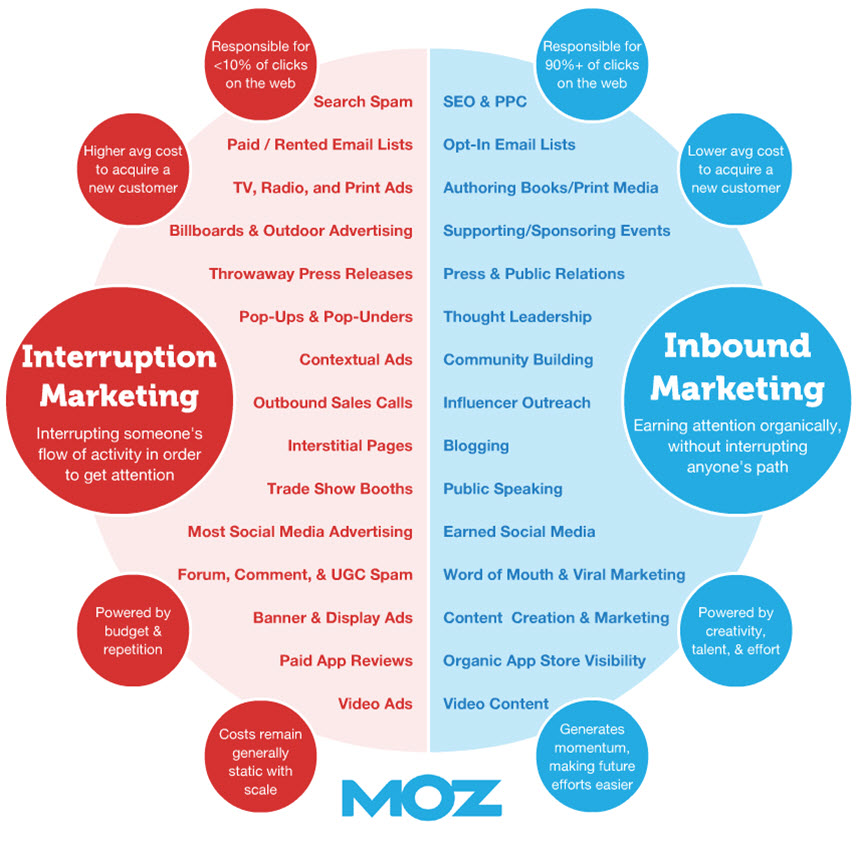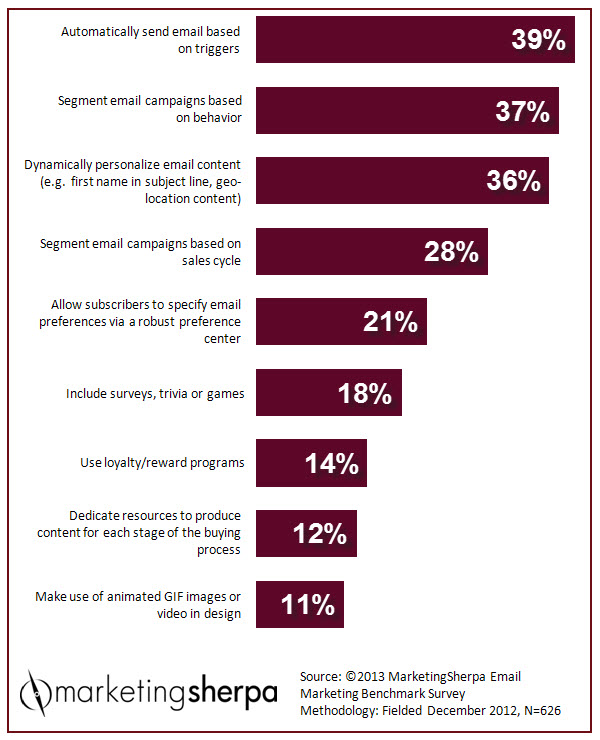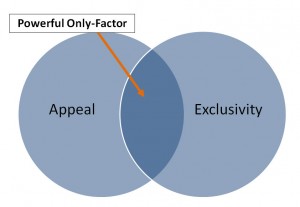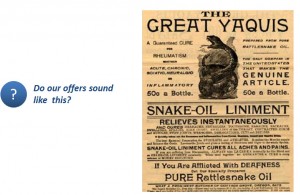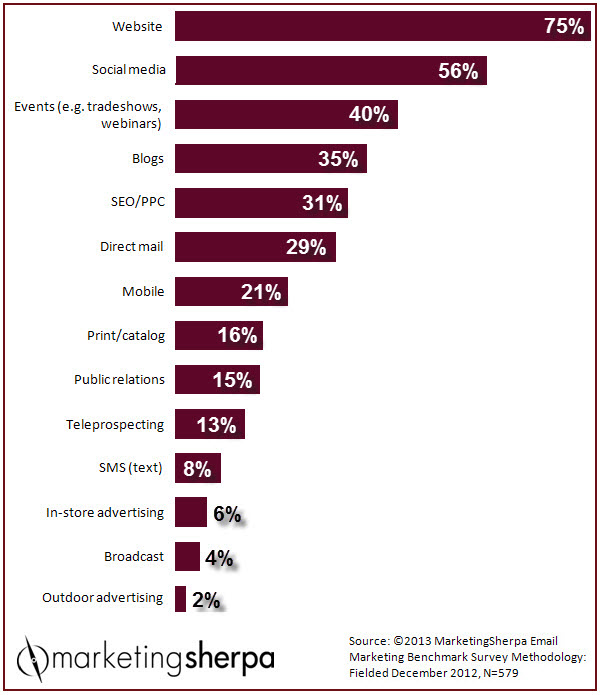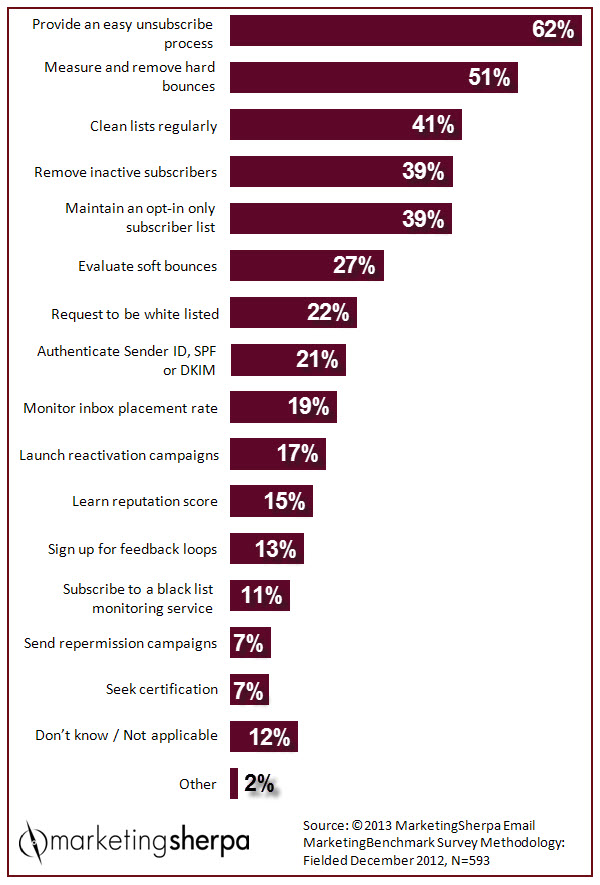Social Media Marketing: How to use Facebook for customer engagement [Video]
Having a multitude of fans and followers on Facebook is a good thing. However, getting more fans on Facebook does not mean you’re getting more customers. In fact, it could be the opposite.
At MarketingSherpa Email Summit 2013, Jay Baer, President, Convince and Convert, presented, “More Alike than Different: Why email is Madonna, and Facebook is Lady Gaga,” in which he explained the relationship between email and Facebook and how marketers can take advantage of the two channels of communication to customers.
In this excerpt, Jay discussed a myth he spends of half his time working on disproving.
“When we talk about social media, there’s this tremendous myth, and I spend about half my time fighting against this concept. This one concept epitomizes what’s wrong with social media for business today,” Jay said.
Many marketers believe they must have as many fans as possible on Facebook. However, as Jay explained, this is not always a good approach to marketing on Facebook. Having more fans does not necessarily mean you have more customers.
Jay explained 44% of corporate social media marketers look at Facebook as a way to get new customers (Wildfire, 2012), but 84% of fans of company Facebook pages are current or former customers of those companies (DDB, 2011). People who have never used a product or service are less motivated to like it on Facebook.
“We like on Facebook what we actually like,” according to Jay.
Watch this excerpt to learn more about the biggest myth about fans on Facebook, and also how your fans and followers can become accidental marketers for your brand.
View Jay’s full free keynote from Email Summit 2013 to learn why social media and email should be integrated at your company, plus many insights on how to make this possible.







